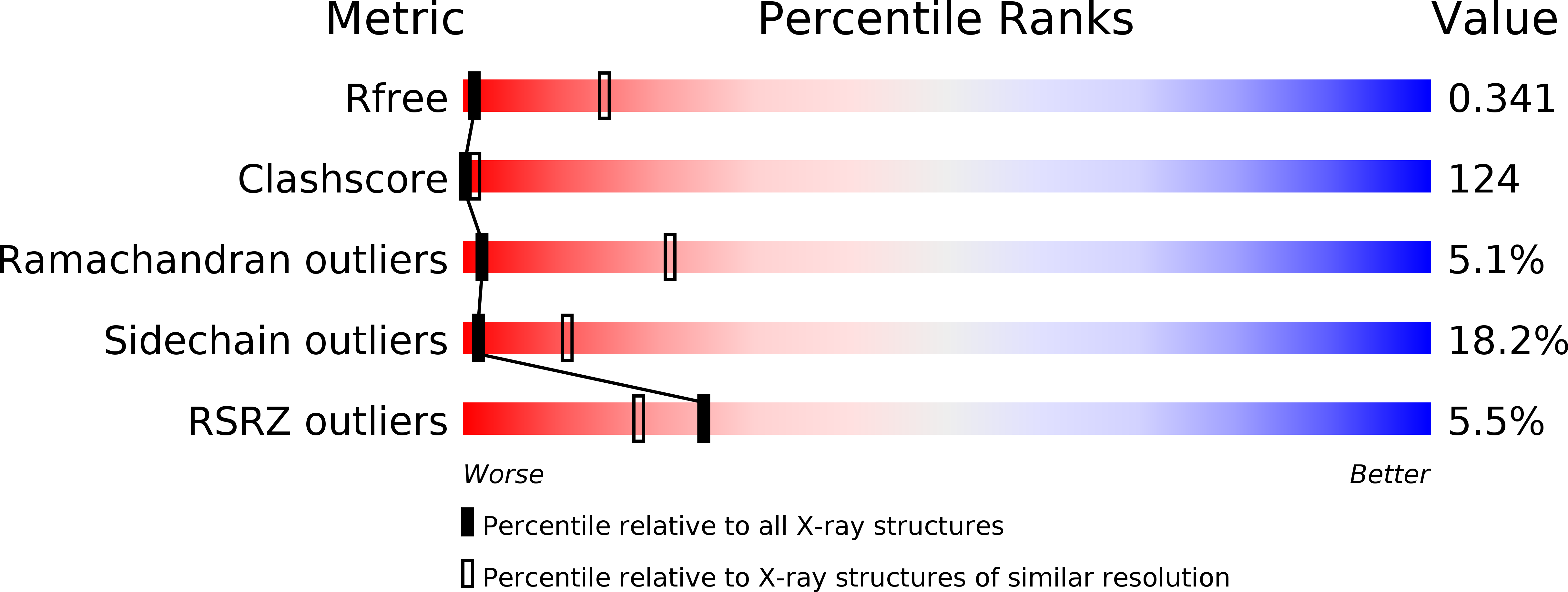
Deposition Date
2015-05-25
Release Date
2015-08-12
Last Version Date
2023-11-08
Entry Detail
PDB ID:
5BN7
Keywords:
Title:
Crystal structure of maltodextrin glucosidase from E.coli at 3.7 A resolution
Biological Source:
Source Organism:
Escherichia coli (strain K12) (Taxon ID: 83333)
Host Organism:
Method Details:
Experimental Method:
Resolution:
3.70 Å
R-Value Free:
0.34
R-Value Work:
0.32
R-Value Observed:
0.33
Space Group:
P 4


